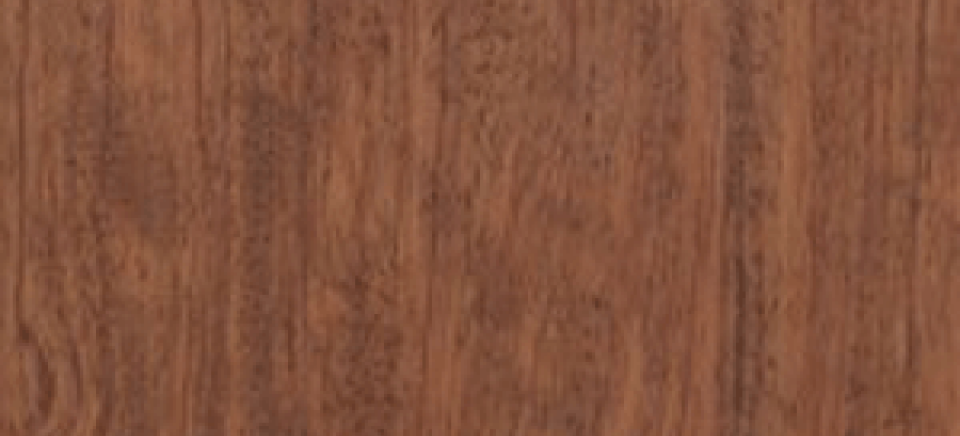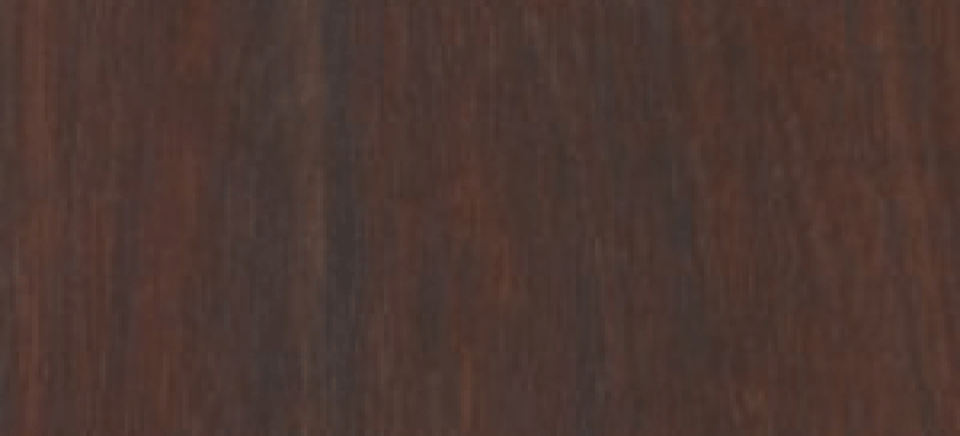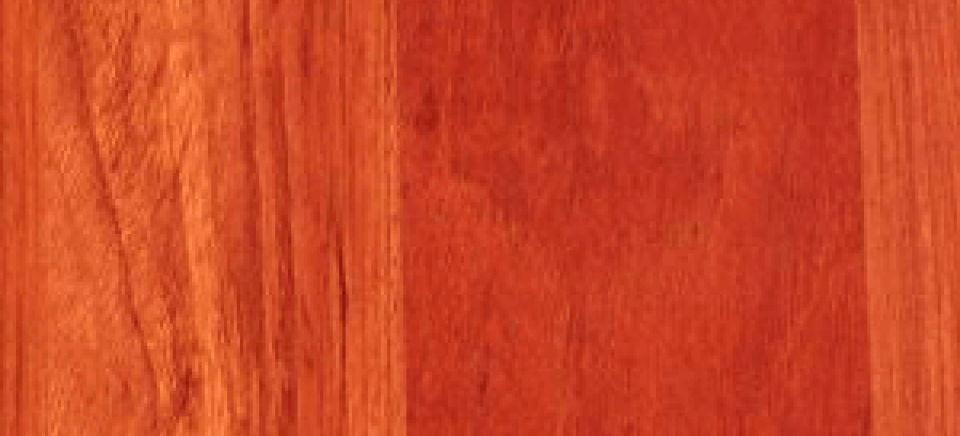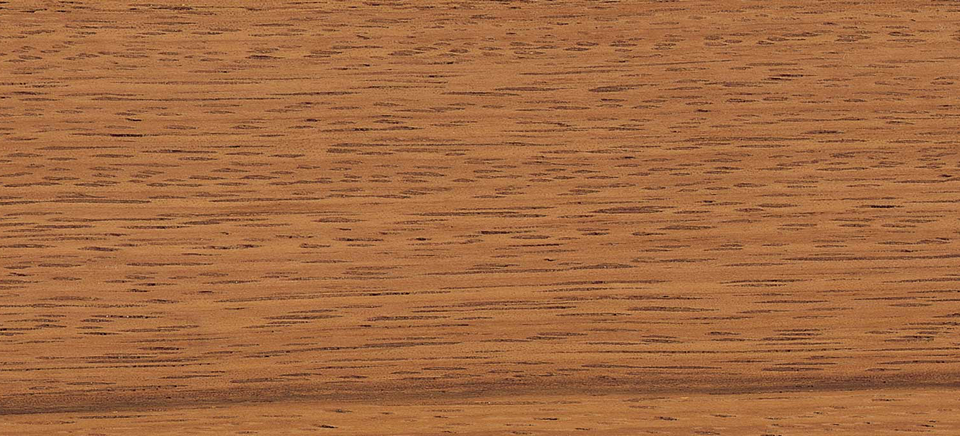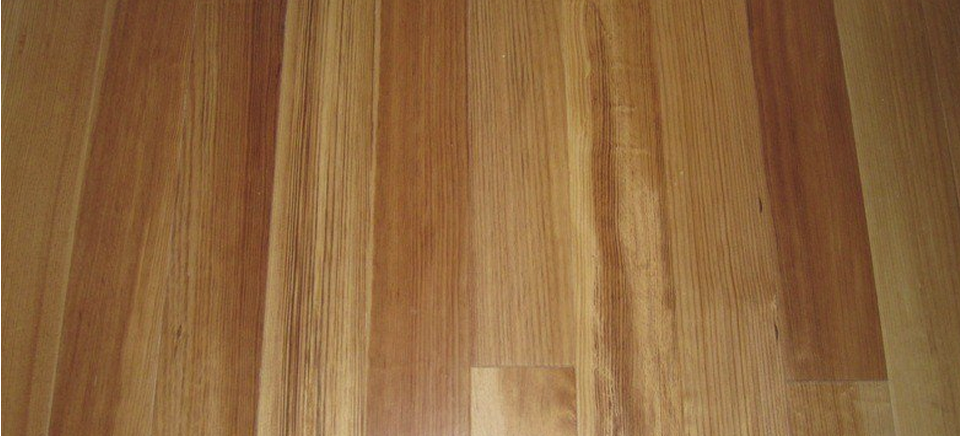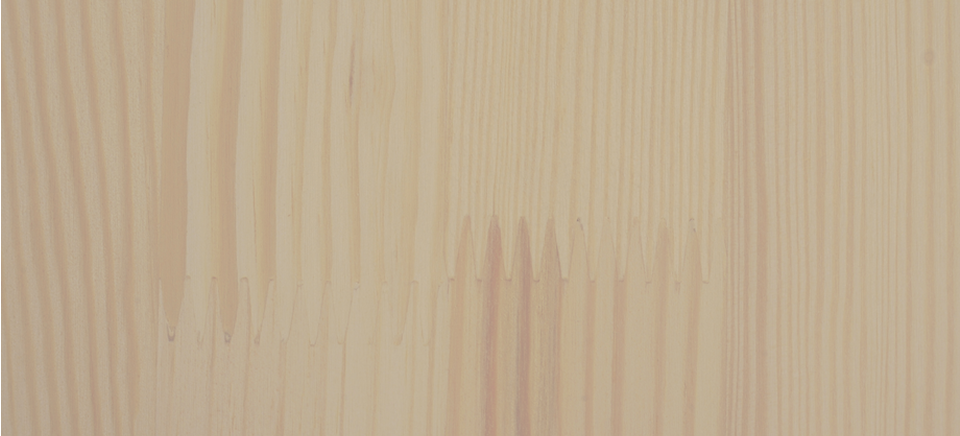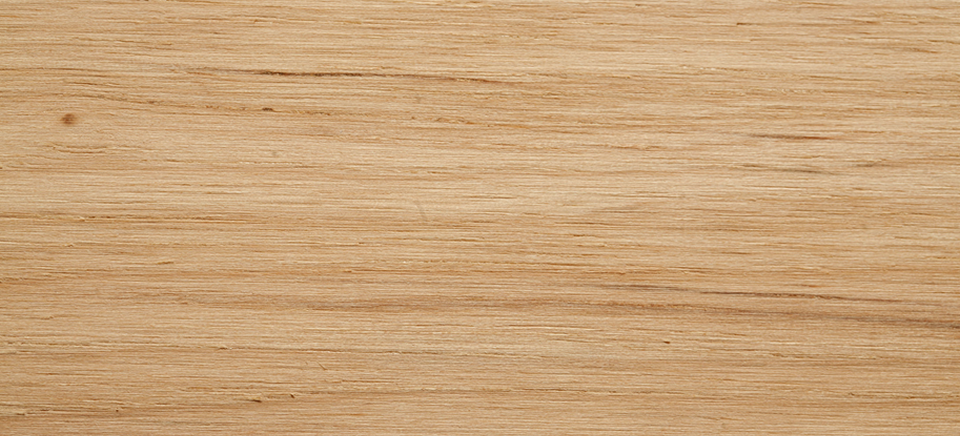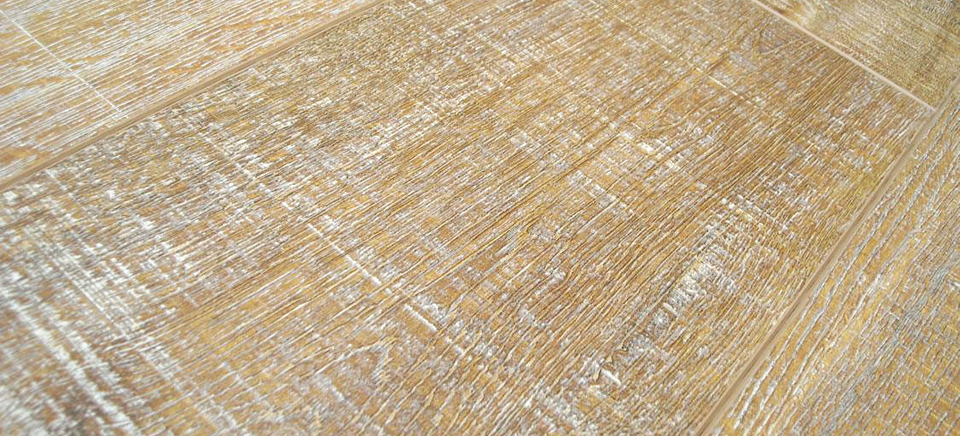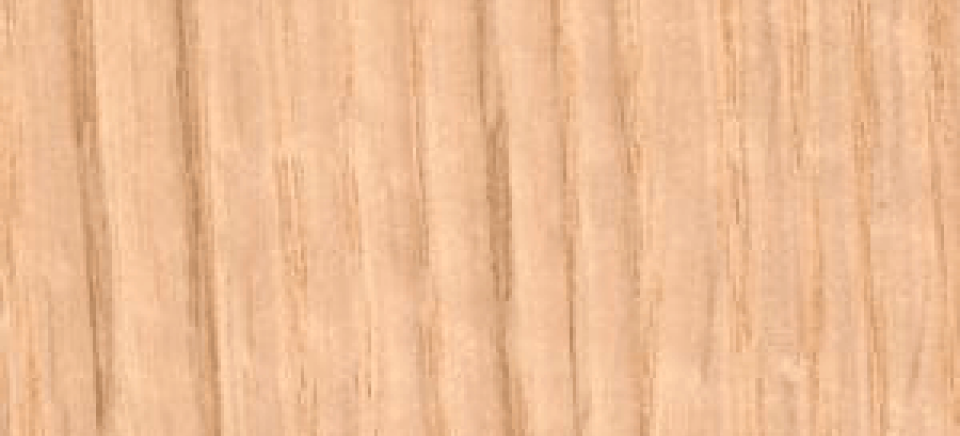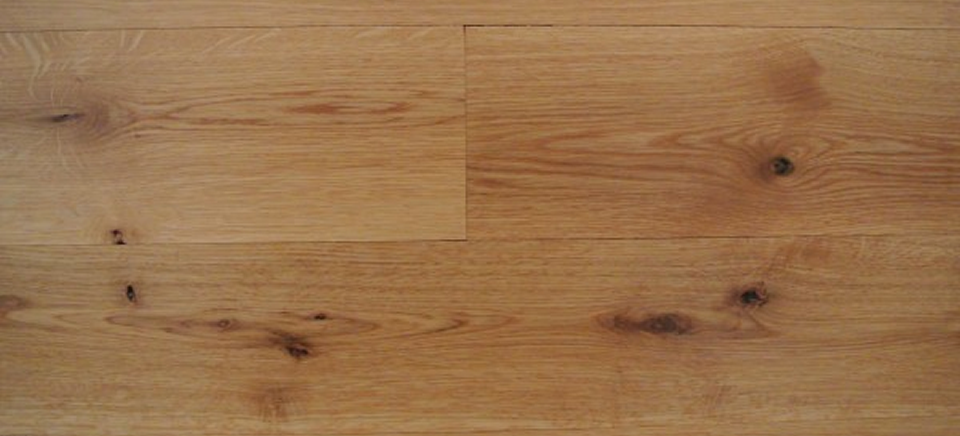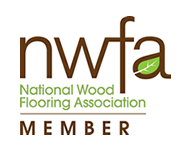African Rosewood / Bubinga
Hardness: 8.5 Stability: Average
African Rosewood is a very uniform wood in color and graining. A pinkish rose color when freshly milled, Bubinga as it is otherwise known, turns to a rich burgundy when fully aged. Known for its tight ribbon grain, it also exhibits a flame figuring, which truly turns this flooring into a piece of furniture
Brazilian Walnut / Ipe
Hardness: 10 Stability: Average/Poor
Brazilian Walnut is also known as Ipe or Ironwood. Often used for exterior decking because of its hardness and resilience to moisture, Brazilian Walnut makes an incredibly durable wood floor. Brazilian Walnut is about as hard as wood gets, so it really will take pretty much all you can throw at it. When first milled it tends to have many colors, from mid brown to yellow and even a hint of green. All of these quickly mute down, and after time will reach a rich mid brown.
Brazillian Cherry
Hardness: 10 Stability: Average/Poor
One of more popular exotic woods being used for wood flooring. Reddish brown with some yellow, Brazilian cherry is a color variant wood. So expect a lot of different colors in your floor. The variation however is what makes it a very pretty floor when clear finished. Brazilian cherry is also a very, very hard wood, unfortunately it isn’t the most stable wood, so more attention must be paid to acclimation or you must expect more than average seasonal board separation.
Brazilian Teak / Cumaru
Hardness: 10 Stability: Average
Another South American wood which is very hard, Brazilian Teak is almost 3 times as hard as oak. This wood bears an uncanny resemblance to that of ‘true’ or Burmese Teak at a fraction of the cost. A rich reddish brown with highlights of gold, this very fine grained wood is a real up and comer in the flooring world.
Caribbean Heart Pine
Hardness: 5.2 Stability: Average
Caribbean Heart Pine is made from a pitch pine found in Central America. This wood, which grows in vast quantities in countries like Honduras, is a perfect wood for flooring. The high sap content makes this wood very hard for a pine, only 4% softer than red oak. As we pick only the heart or middle of the tree for our floors, this is one pine that is not only beautiful but very practical as well. We select the boards for a consistent knot count and because of the natural size of the tree we are able to offer this wood in widths up to 8.1/2”.
Eastern White Pine
Hardness: 1.0 Stability: Average
Not a very hard wood, but a wood that makes a very attractive floor. Knotty pine, as it is commonly known, is cool in the summer, yet your feet will enjoy how warm it feels on a cold winter’s morning. Available in nice wide widths, it makes you think of those distressed antique floors of the early part of the century. New England pine stains very well so whether you want it light and bright or with a darker, or a pumpkin hue this wood is a great choice at a truly amazing price.
Hickory
Hardness: 7.8 Stability: Average
If you are looking for a really hard wood, look no further than Hickory. The hardest of the domestic flooring woods, harder even than oaks, Hickory is an extremely durable floor that is also very pretty to look at. It is basically a light colored wood that has dark and light streaks running through it, so don’t expect it to be all one color. Actually the color variance is what gives Hickory its unique look. Not a wood that takes stain very well, but why stain it? For a farmhouse or cabin look Hickory is a must see.
Naturals & Country Cuts
Hardness: Various Stability: Various
Naturals, like rustics, are a character grade containing the same kind of blemishes. The only difference is these cuts will just have less of these natural growing marks. Natural Ash for example has no knots like Rustic Ash, but will contain a higher degree of color variation than White Ash. For many people this grade is more attractive than a clear grade, but of course the price is generally that much less. For specific information on these grades please check with a sales person.
Northern Oak
Hardness: 5.7 Stability: Average
Basically the same characteristics as regular Red Oak, Northern Oak is a red oak that grows in colder climates. It grows more slowly and is generally more dense. Therefore it is a little harder, which is never a bad thing with house full of children! The other main difference is its delightful even wheat yellow color.
Old Growth White Oak
Hardness: 5.8 Stability: Average
For those looking for an older looking rustic floor, this old growth rustic white oak could be the one for you. Milled in a 7 inch board width, with a beveled edge to exaggerate the plank look, it is made from a grade of oak that contains knots and other growing marks. This is more typical of the floors you would see in turn of the century country homes.

